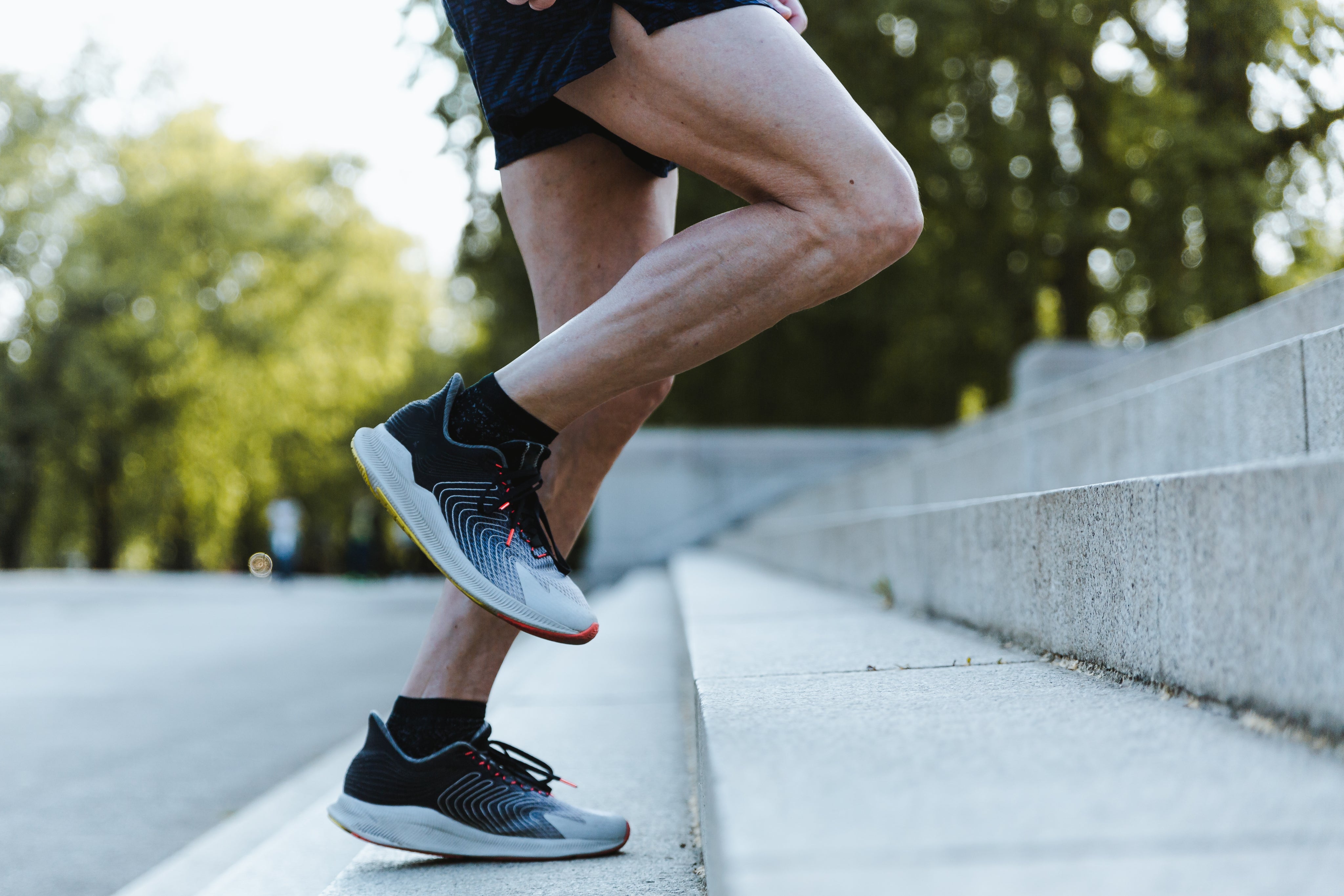If you've ever searched for a solution to nagging knee pain or a way to keep your knees safe while staying active, chances are you've come across a knee support. Whether it's a compression sleeve, a hinged brace, or a high-tech contraption like the Nübrace, there’s no shortage of options out there. But let’s get real do knee supports actually work, or are they just hype?
Let’s dive deep into the science, real-world use, and pros and cons of knee supports so you can decide if they’re worth adding to your routine.
What Exactly Is a Knee Support?
A knee support is any external device usually a brace or sleeve worn around the knee to help relieve pain, improve stability, reduce swelling, or prevent injury. They come in various shapes, sizes, and functions:
- Compression Sleeves - lightweight, stretchy fabric that hugs the knee to improve blood flow and reduce inflammation.
- Hinged Braces - offer serious support with metal or plastic hinges to protect injured ligaments.
- Unloader Braces - often used for arthritis, shifting pressure away from the damaged part of the knee.
- Performance Supports (like Nübrace) - combine compression, flexibility, and spring-assisted lift to support movement in real time.
But the million-dollar question remains: Do they actually help?
When Knee Supports Work (and Why)
The short answer is yes knee supports can work, but only if you use the right kind for your condition or activity.
1. Reducing Pain and Swelling
One of the main reasons people wear a knee support is to ease discomfort. Compression sleeves, in particular, are excellent at reducing mild swelling and muscle soreness after exercise or during flare-ups from arthritis. The light pressure improves circulation, which can help flush out fluid buildup.
Bottom line: If you’re dealing with inflammation or post-workout pain, a compression sleeve can definitely help.
2. Improving Joint Stability
If your knee feels wobbly like it might give out when walking or pivoting a more structured knee support can be a game changer. Hinged braces provide lateral support, especially helpful if you’ve torn your ACL, MCL, or meniscus. They keep the joint aligned and reduce stress on healing tissues.
Real talk: These supports are often recommended by doctors during post injury or post-surgery rehab for a reason they work.
3. Preventing Injuries During Activity
For athletes, weekend warriors, or people with physically demanding jobs, knee supports offer protection. They remind you to move with control, limit risky motions, and reduce impact on the joint. Some models, like the Nübrace, actively assist your movement with spring-loaded mechanics, offering both support and enhanced performance.
If you’re doing squats, hikes, or basketball drills and want peace of mind, wearing a knee support can help you stay safe and confident.
4. Boosting Confidence and Mobility
This part isn’t always talked about, but it’s huge: wearing a knee support can actually boost your confidence. When you’re not worried about your knee giving out or flaring up, you move more naturally. That can lead to better workouts, faster recovery, and less fear of reinjury.
It’s a mental edge as much as a physical one.
When Knee Supports Don’t Work
Despite all the benefits, knee supports aren’t magic. They’re not going to cure arthritis or fix a torn ligament. They’re best used as part of a broader approach that includes rest, strengthening, stretching, and (if needed) medical care.
Let’s bust a few myths:
1. They’re Not a Cure
Wearing a brace might relieve pain, but it’s not treating the root cause. You still need to address muscle imbalances, joint health, and proper movement mechanics.
2. Over-Reliance Can Backfire
If you wear a knee support 24/7, your muscles might start to get lazy. That’s especially true if you don’t balance it with physical therapy or strength training. Support is meant to assist not replace your natural muscle function.
3. One Size Fits All Doesn’t Exist
Using the wrong type of support can be ineffective or even harmful. Wearing a light sleeve when you actually need a post-op brace isn’t going to cut it. It’s important to match the support level to your condition.
So, Do Knee Supports Actually Work?
Yes they do. But you need to:
- Choose the right type for your needs
- Use it at the right time (not constantly)
- Combine it with proper rehab or exercise
- Avoid using it as a “crutch” or permanent solution
If you’re just looking for relief from soreness or swelling after a long run or standing all day, a compression sleeve may be all you need. But if you're recovering from a ligament injury or surgery, you’re going to want something more advanced like a hinged or performance brace.
How to Choose the Right Knee Support
There are so many options, it can feel overwhelming. Here's a quick guide:
|
Condition / Activity |
Recommended Support Type |
|
Mild pain / swelling |
Compression sleeve |
|
Post-surgery or ligament injury |
Hinged knee brace |
|
Arthritis / bone-on-bone pain |
Unloader brace |
|
Sports / heavy lifting / high impact |
Performance support like Nübrace |
|
General fatigue / light joint pain |
Light support sleeve |
Also look for:
- Breathable materials for comfort
- Adjustable straps for personalized fit
- Durable stitching for long-term use
- Customer reviews from people with similar needs
What the Research Says
Studies have shown that properly fitted knee supports can reduce pain and improve function especially in people with osteoarthritis, ACL injuries, or after knee surgery.
In a study published in The American Journal of Sports Medicine, athletes who used knee braces during recovery reported better mobility and fewer re-injuries. Similarly, compression gear has been shown to enhance proprioception (your body’s sense of position), which improves balance and coordination.
Bottom line? It’s not just marketing there’s real science behind it.
Final Verdict
So, do knee supports actually work?
Yes when used correctly, knee support devices can make a big difference in how you move, feel, and heal. They’re not a miracle cure, but they’re a powerful tool in your recovery or performance toolkit.
Whether you’re bouncing back from surgery, dealing with nagging joint pain, or just want to stay active without worrying about your knees, the right support can help you do it safer and smarter.
Ready to try one? Look for something that fits your lifestyle, your body, and your goals because your knees deserve the best.









